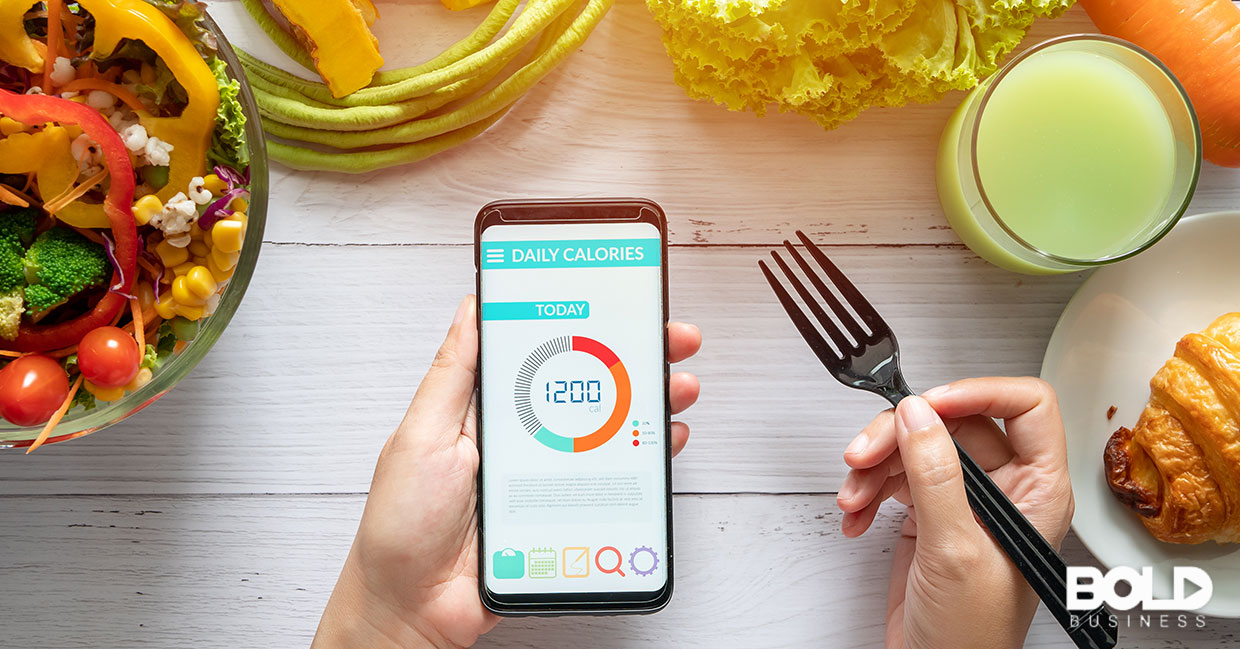During strong economic times, the restaurant business can be a challenging one. On average, food and labor costs generally account for about two-thirds of expenses. Rent and other costs of operations add another 25 to 30 percent. That leaves a profit margin somewhere in the range of 5 to 10 percent. But there’s a major caveat: restaurateurs only realize these profits if they are at least 80 percent capacity. And even with many states phasing in their reopenings, most cafes and dining establishments are far from these figures.
The pandemic threat has been rough on some industries and a blessing to others. For restaurants, it has clearly been the former. These businesses suffered weeks to months where onsite dining was prohibited. This was then followed by limited-capacity seating and safety precautions. And just when things looked to be improving, the pandemic threat in many states came roaring back. As a result, restaurants have been faced with some pretty tough decisions.
“We’re seeing restaurants come online. I think that the entrepreneurial spirit that you see with these folks is powerful. I think we underestimate individuals and the ability of these businesses to get back online.” – Dara Khosrowshahi, CEO of Uber/Uber Eats
Restaurant Delivery and Takeout – A Savior for Some
In order to survive, many restaurants have explored new opportunities during this time of crisis. Many, for example, have scrambled to shift their business toward restaurant delivery and takeout. For some, like Dominos and Chipotle, this was a piece of cake. But for many mom-and-pop restaurants, the conversion was more difficult. Not only did this require changes in staffing, suppliers, and workflows. It also involved deciding how to shift to restaurant delivery while promoting customer and staff safety.

The pandemic threat forced many restaurants to take the easy route. These businesses arranged for restaurant delivery with GrubHub, DoorDash or UberEats. But consistently, owners complain about the high fees these food delivery services charge. Most of the time, such fees are 15 to 20 percent of the bill. With reduced revenues resulting from the pandemic threat, these costs are hard to swallow. Thus, restaurant delivery has been seen by many in the industry as a double-edged sword. This has persuaded some restaurants to forego delivery and simply offer takeout alone.
“The reality is not all of these restaurants are going to come back. Expectations are that as many as 30 to 40% [of independent restaurants] may not come back.” – Christopher Gaulke, Professor, Cornell University’s School of Hotel Administration.
Alternatives to Restaurant Delivery
For many in the industry, restaurant delivery is simply not enough to keep them afloat. Some restaurants had menu offerings before the pandemic threat that were not ideal for takeout. These restaurants had to either change their offerings or come up with other solutions. A few innovative businesses decided to shift gears and provide customers with a new option. They created meal kits and pre-made foods that could be completed in the safety and comfort of the home. Others chose to combine restaurant delivery and takeout with grocery delivery. Despite fewer or absent dine-in customers, these add-on services allowed some degree of financial normalcy.
Other restaurants refusing to pay high delivery fees have decided to ramp up their own online offerings. With the increased use of technology in the pandemic threat, many customers are starting to prefer online ordering options. The conveniences this offers consumers is readily appreciated. Beverages and meals are ready on arrival. And exposure risks are minimal especially if online sites allow payment in advance. Some restaurants, including Wolfgang Puck’s, expanded their online merchandise inventory as well during this pandemic threat. For some restaurants, this may also be an option for additional revenues.
“We try to adapt and do things in order to get another customer to buy our product. We are trying to use the Covid-19 crisis as an opportunity. Maybe one day we’ll build a ghost kitchen where we’ll just do takeout. We could actually develop a whole new business with that.” Wolfgang Puck, Founder and CEO of Wolfgang Puck Fine Dining Group
After the Pandemic Threat Subsides
The hope for all restaurants, as well as everyone for that matter, is that a coronavirus vaccine will soon be developed. The end of the pandemic threat would hopefully restore dining attendance. But even before COVID-19, restaurant delivery was on the rise. Many restaurants were already revamping their kitchens to service the consumer demand for restaurant delivery. Thus, making these moves now may not only allow immediate survival but long-term advantages as well. This is especially true if the virtual workplace becomes more of a norm.
Recent developments among restaurant delivery businesses support these possibilities. For example, JustEats recently purchased GrubHub for $7.3 billion. Currently, UberEats has reportedly offered to purchase Postmates for$2.6 billion. While these companies have seen recent boosts in restaurant delivery demand, they know the pandemic threat won’t last. It would thus appear they believe these trends will persist even after COVID-19 is better managed. These are changes worth noting for restaurants wishing to stick around for the future.
“We’ve got these well capitalized, multi-unit restaurant chains taking advantage of a situation where we’re about to see real estate become available. They’re going to be able to increase and grow their numbers fairly quickly.” – Christopher Gaulke
Trying Their Best to Make Lemonade
The fact of the matter is that some restaurants won’t survive the pandemic threat. Those struggling before will have the most difficulty weathering the storm. And even some that convert their operations to restaurant delivery, takeout, and more may be unable to make ends meet. Regardless, it’s important to see this pandemic threat as an opportunity for innovation. Being dynamic and adaptable is essential during these times in an effort for restaurants to thrive if not survive.




